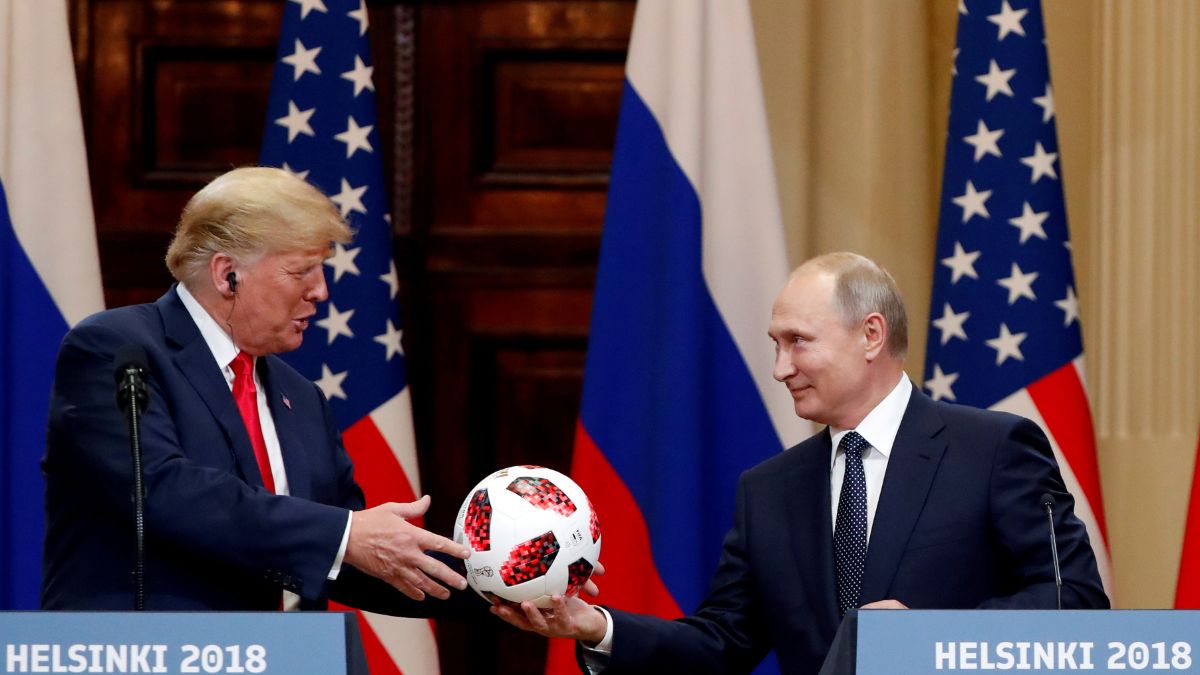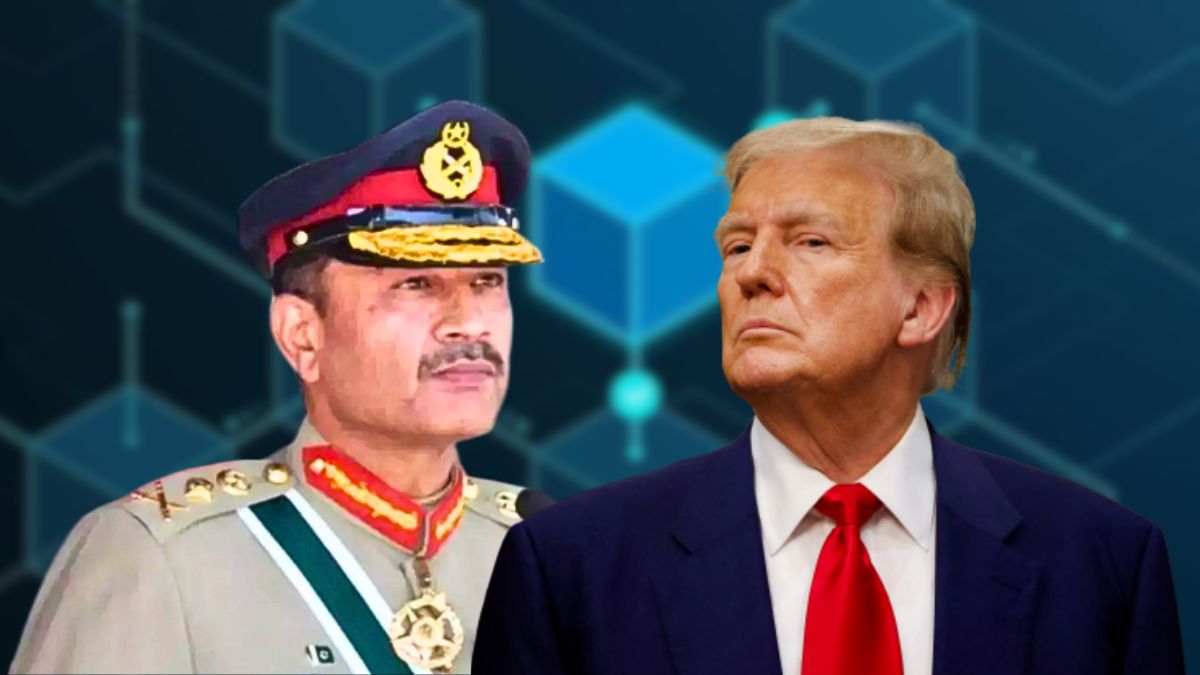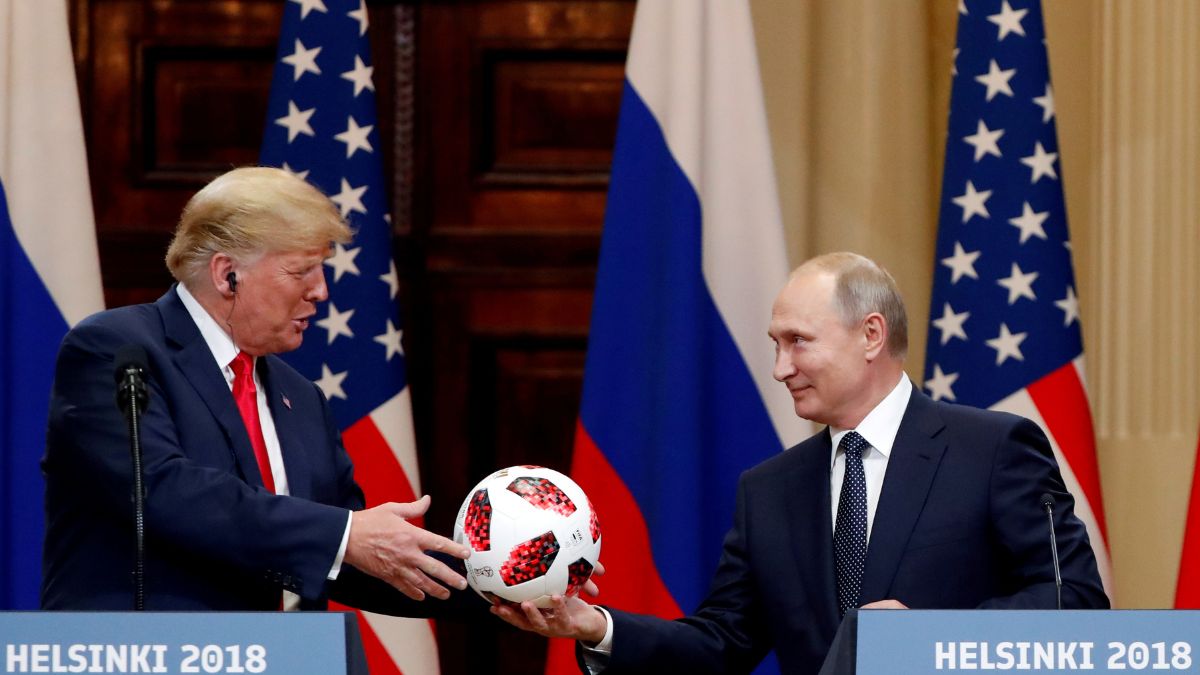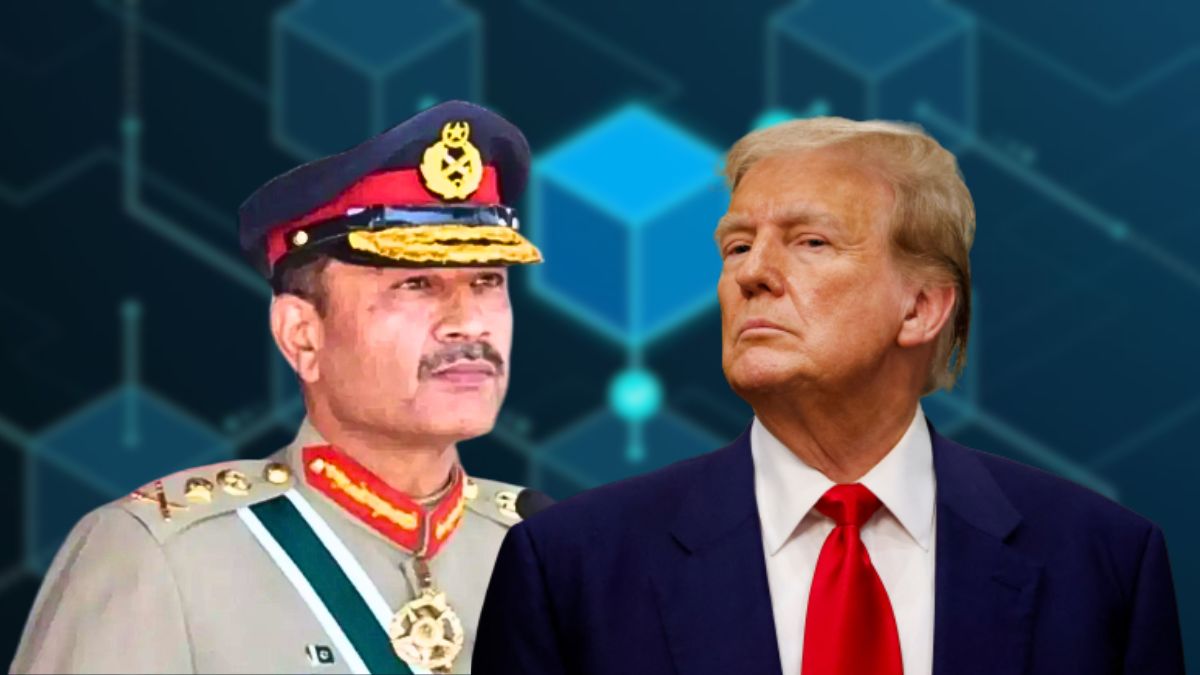In a recent interview with French media, Paris mayor Anne Hidalgo expressed her enthusiasm for preserving the Olympic rings on the Eiffel Tower beyond the conclusion of the 2024 Paralympic Games.
“As mayor of Paris, the decision is up to me, and I have the agreement of the IOC [International Olympic Committee],” she told French newspaper Ouest-France. “So yes, they [the rings] will stay on the Eiffel Tower.” The five rings, representing the continents, were installed on the monument ahead of the summer Games.
How has Hidalgo justified this move?
Hidalgo, who has been the city’s mayor since 2014, believes that keeping the rings is a “beautiful idea” that symbolises the union of a quintessentially French icon with a global one. She added, “I want the two to remain married.”
The rings currently installed are colossal, each measuring 9 meters (29 feet) in diameter, and collectively weighing 30 tonnes. Despite their impressive size, Hidalgo acknowledged the logistical challenges posed by the rings’ weight and announced plans to replace them with a lighter version. These new rings will be produced by ArcelorMittal, the global steel giant responsible for the current set.
Hidalgo’s vision for a permanent installation is not just about the rings themselves but also about preserving the festive spirit that has enveloped Paris during the Games. “The French have fallen in love with Paris again,” Hidalgo stated, adding that she wanted “this festive spirit to remain.”
Impact Shorts
View AllShe believes that the legacy of the Games, including achievements like making the Seine clean enough for swimming by 2025, should be celebrated and remembered through such symbolic gestures.
What has the reaction been like?
While some Parisians and visitors have embraced the idea, praising the rings as a colourful and modern addition to the historic tower, others have voiced strong opposition.
A young woman named Solène expressed her approval, told France Bleu website, “The Eiffel Tower is very beautiful, the rings add colour. It’s very nice to see it like this.” However, Manon, a local resident, sharply disagreed, calling it “a really bad idea.” She argued, “It’s a historic monument, why defile it with rings? It was good for the Olympics, but now it’s over, we can move on. Maybe we should remove them and return the Eiffel Tower to how it was before.”
The debate has also extended to social media, where users questioned the decision-making process. One user suggested that Parisians should have been consulted before such a significant alteration to the city’s most iconic monument was made.
The same user also reminded the public that the Eiffel Tower had once featured a Citroën advert from 1925 to 1936, highlighting the ongoing tension between tradition and modernity in Paris.
What may be behind this decision?
Anne Hidalgo’s tenure as mayor has been marked by a series of bold and often controversial reforms. Under her leadership, numerous city streets, including the banks of the river Seine, have been pedestrianised, and she successfully campaigned to ban rental electric scooters following a city referendum.
However, her policies have not been without criticism. For instance, her push for a steep rise in parking rates for sports utility vehicles (SUVs) faced backlash from drivers’ groups and opposition figures who argued that the SUV classification was misleading and affected many family-size cars, reported BBC. France’s Environment Minister, Christophe Béchu, at the time described the surcharge as “punitive environmentalism.”
In line with her reformist agenda, Hidalgo has also expressed a desire to retain the Olympic cauldron, another popular feature of the 2024 Games. The cauldron, currently situated in the Tuileries Gardens next to the Louvre Museum, has become a nightly attraction as it is lifted into the sky by a gigantic golden balloon.
However, the final decision on the cauldron’s fate rests with French President Emmanuel Macron, as the site belongs to the French state. “It’s up to the president to decide,” Hidalgo said, “But my opinion is that it should stay in the same place because it’s an inseparable part of the Paris Games.”
Do the rings belong on the Eiffel Tower?
One of the critical concerns surrounding the permanent installation of the rings is their impact on the Eiffel Tower’s status as a cultural heritage site. Hidalgo acknowledged the need to create a system to “mask” the rings when the tower is lit up on special occasions, such as showing support for Ukraine in its war against Russia. This measure is necessary to comply with the IOC’s strict neutrality rules.
The Eiffel Tower, initially constructed for the 1889 World’s Fair, has long been a symbol of Paris and France. Despite its iconic status today, it was initially met with criticism from Parisian artists and intellectuals. The proposed permanent display of the Olympic rings on the tower continues this tradition of debate over the monument’s role and appearance.
Also Watch:
As the Paralympic Games draw to a close on September 8, the future of the Olympic rings on the Eiffel Tower remains uncertain.
With inputs from agencies


)
)
)
)
)
)
)
)
)



